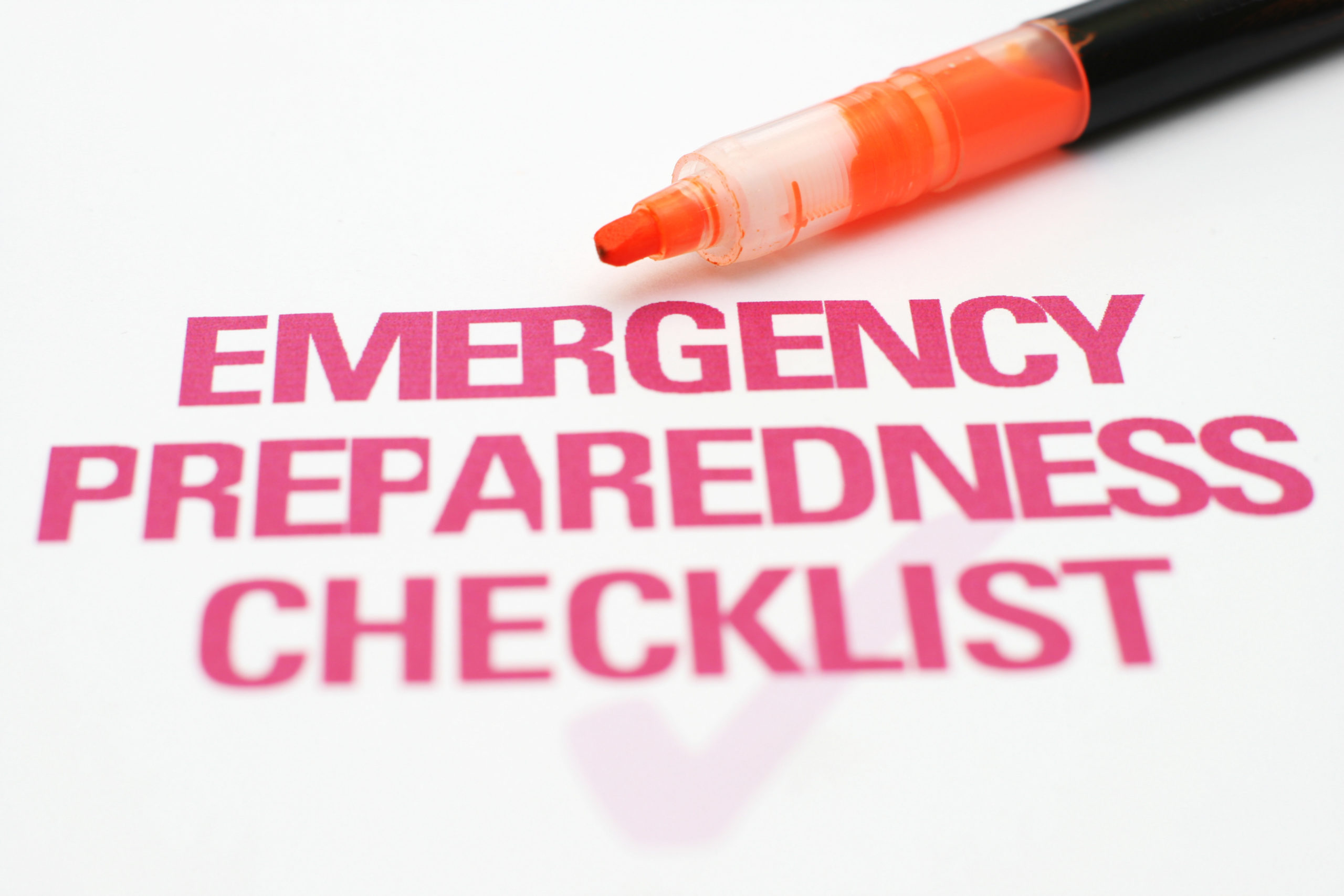Acting appropriately in a dental emergency could mean saving and losing a tooth. There are a few dental emergencies — knowing what to do for each beforehand could be vital one day.
Broken Tooth
A damaged tooth is only an emergency if a sizable piece breaks off or there is a large crack. In these cases, call your dentist for an immediate appointment and bring any broken piece of tooth with you in a cup of milk.
Knocked-Out Tooth
If you reach your emergency dentist in Newmarket within the hour of knocking out a tooth, you will likely be able to save your natural tooth and avoid an implant. If it is an adult tooth, try reinserting it yourself, holding it by the crown without touching the root. Never do this with a baby tooth, as you could damage the permanent tooth under the gums.
Swelling in the Mouth
Swelling around the tooth and elsewhere on the gums is a sign of dental infection in the bone, gums, or tooth. An infection will never clear up on its own and can be serious. Contact your local emergency dentist and go straight to the dental clinic. Avoid lying down and drink plenty of fluids.
Abscesses
Another sign of infection is an abscess, which looks like a pimple on the gums. Abscesses can be yellow, red, white, or clear. You need to see your dentist soon, but calling for an after-hours appointment is unnecessary. If the abscess appears after business hours, schedule an emergency appointment for the following day. You will likely need a root canal or even a tooth extraction. Avoid touching the abscess but keep brushing your teeth as normal.

